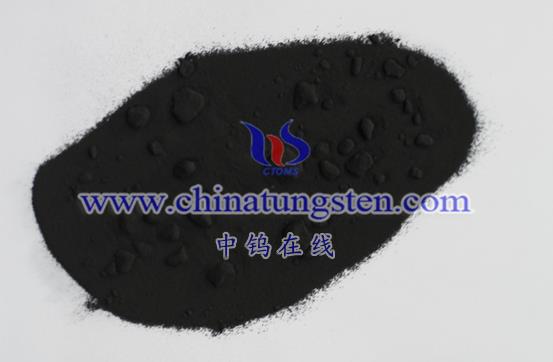In the crystal structure of tungsten tetrabromide, tungsten atoms are covalently bonded to four bromine atoms, and each bromine atom provides an electron to participate in the bonding. The size and electron cloud distribution of bromine atoms affect the bond lengths and angles, thereby affecting the structure of the entire crystal. The crystal structure of tungsten tetrabromide may exhibit certain symmetry, such as cubic symmetry or rhombohedral symmetry, depending on the specific synthesis conditions and crystal growth conditions.
In contrast, in the crystal structure of tungsten tetraiodide, a tungsten atom is covalently bonded to four iodine atoms, with each iodine atom donating an electron to participate in the bond. Due to the smaller radius of iodine atoms, the distance between iodine atoms is relatively close, so the crystal structure of tungsten tetraiodide may show a tighter arrangement. The electron cloud distribution of the iodine atom also affects the bond length and bond angle, thereby affecting the structure of the entire crystal. The crystal structure of tungsten tetraiodide may also exhibit certain symmetry, such as cubic symmetry or rhombohedral symmetry.
It should be noted that the crystal structure of tungsten tetrabromide and tungsten tetraiodide may be affected by many factors, such as temperature, pressure, impurities, etc. Different growth and environmental conditions may cause minor changes in the crystal structure. Therefore, in research and application, appropriate methods and techniques are needed to analyze and characterize their crystal structures in order to better understand their physical and chemical properties.

More details of tungsten, molybdenum and rare earth news, please visit website: https://www.ctia.com.cn/en/
Please contact CHINATUNGSTEN for inquiry and order of tungsten and molybdenum product:
Email: sales@chinatungsten.com
Tel.: 86 592 5129595






